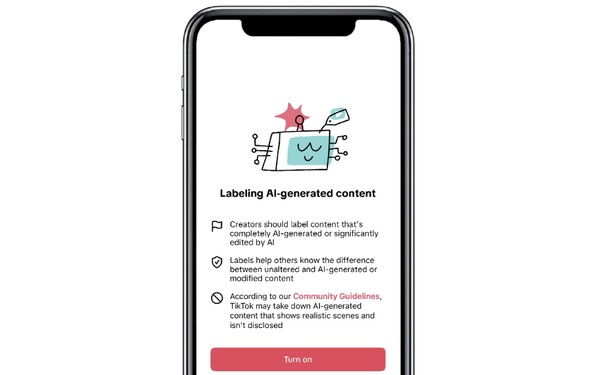
Following other major social
media platforms, LinkedIn has announced that it will begin adding labels to in-stream content created by generative artificial intelligence (AI) so its users better understand the posts they are
interacting with.
To carry out the labeling process, the business-to-business social network is partnering
with the Coalition for Content Provenance and Authenticity (C2PA), a project that aims to develop technical standards for certifying the origins of digital content by enabling consumers to trace the
source and authenticity of media content, especially with the use of generative AI.
Now, AI-generated content on LinkedIn will include a small C2PA tag in
the top right of in-stream visuals. By tapping on the icon, users will be able to find more information about the tagged image. The Coalition’s automatic tags are devised from the code data
embedded into the image.
advertisement
advertisement
The Coalition’s “Content Credentials” remain on content even
after it is downloaded, meaning that anyone will be able to use C2PA’s “Verify” tool to help identify content and “learn when, where and how the content was made or
edited.”
However, there will still be AI-generated content that slips through the cracks of C2PA’s process.
“Although it’s not yet possible to identify and label all AI-generated content,
we’re continuing to learn and gather feedback to capture more content and credentials over time,” LinkedIn noted in a recent statement, adding that users have the ability to manually
report content that seems to violate the platform’s Professional Community Policies.
In addition to LinkedIn, major tech companies like Microsoft, Google, Adobe, and OpenAI have signed up for the C2PA standards. Other social platforms have already begun adding watermarks to
AI-generated content as well, including TikTok, which adopted
C2PA labels, and Meta, which began adding its own “Made with
AI” labels across Instagram, Facebook and Threads.